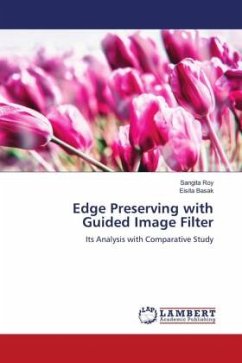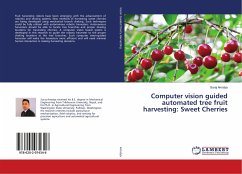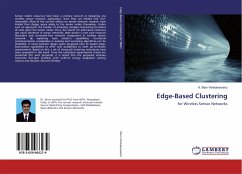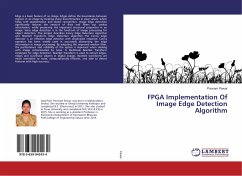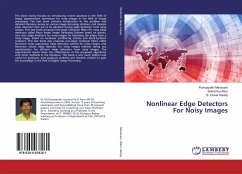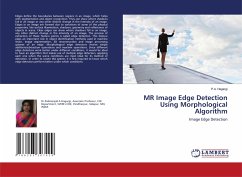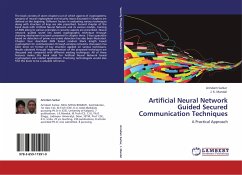Edge-Preserving Smoothing (EPS) is a very important operator in the image processing and computer vision domain. It suppresses the random noise while keeping the edges in the image intact. The Guided Image Filter (GIF) is a very popular tool used in image processing and computer vision that preserves the edges of the object in an image as well as smoothens the image intensity per pixel. A self-image or reference image is used as a guidance image to compute the desired guided output. It follows a non-approximate linear time algorithm, regardless of the window size and the intensity range. It has low computational complexity. The two important parameters of a guided image filter are the regularization parameter ( ) and the radius of the square window (r). A guided image filter is one of the fastest filters which can act as an edge-preserving smoothing operator. The main objective of this experimentation is to observe the operation of a guided image filter as an edge-preserving smoothening filter. In this paper, we will evaluate the qualitative and quantitative effects of guided image filters on the processed image due to the simultaneous change of the two parameters.
Bitte wählen Sie Ihr Anliegen aus.
Rechnungen
Retourenschein anfordern
Bestellstatus
Storno

